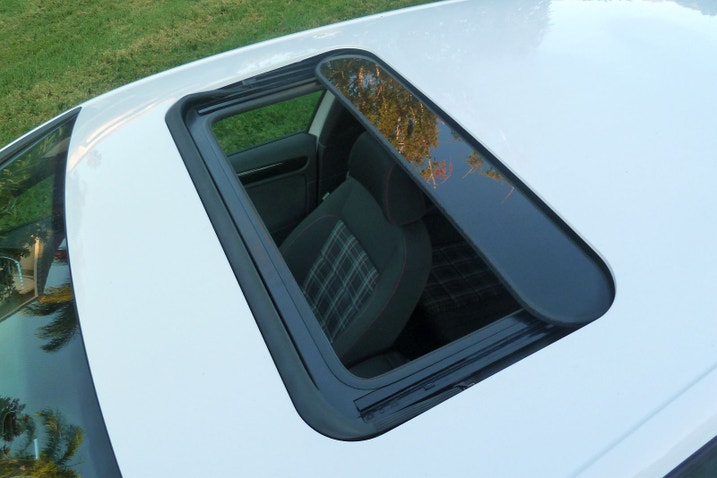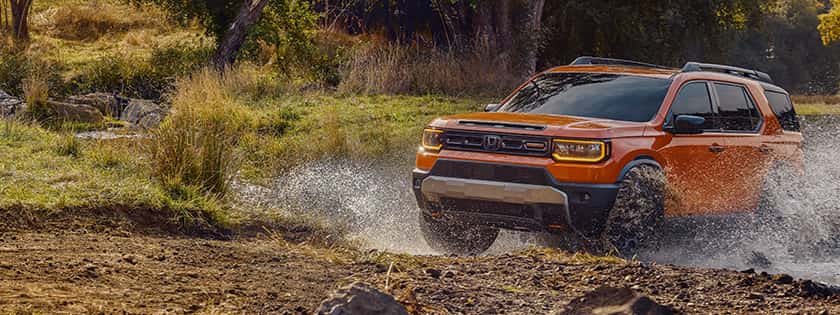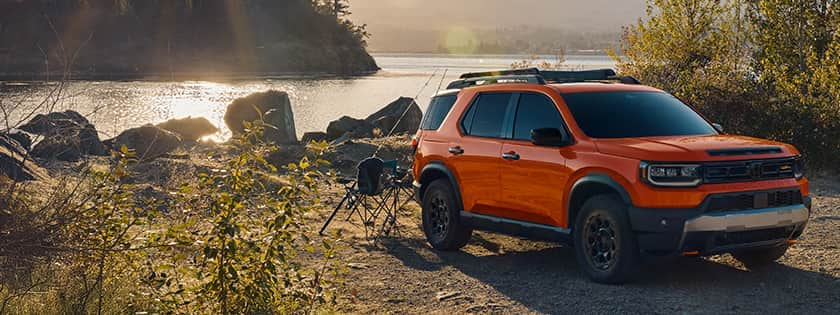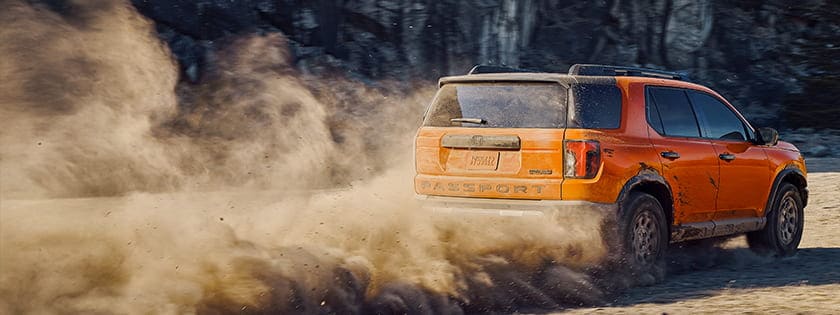Sunroofs are defined as opaque metal or glass panels installed in the roofs of vehicles. Sunroofs typically slide open or retract to let sunlight and fresh air into cars, trucks and SUVs.
Moonroofs are similar to sunroofs, and many of today's moonroofs may have been called sunroofs in the past. A moonroof generally consists of a fixed tinted glass panel that opens by sliding between the vehicle's roof and headliner, with an additional sunshade that can be opened or closed. The sky is always visible through a moonroof, and opening the panel allows for additional sunlight and fresh air.
Key differences between a moonroof and a sunroof
While sunroofs and moonroofs have many similarities and the words are often used interchangeably, there are some key differences between the two. Here are a few common distinctions between moonroofs and sunroofs:
Type of opening
Sunroof opening types include pop-ups that allow a small amount of light and air in, and sliders that open to the dimensions of the frame. In some older vehicles, sunroof panels are completely removable. Many modern sunroofs are often referred to as moonroofs and offer the same types of openings. Moonroofs (and modern sunroofs) can slide all the way open, tilt, open partially or fully retract.



 by
by  edited by
edited by 


